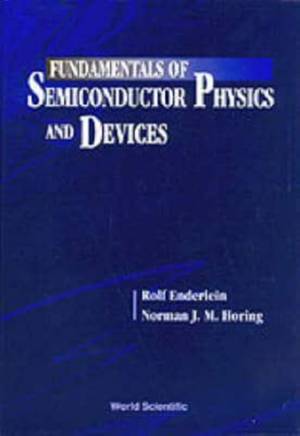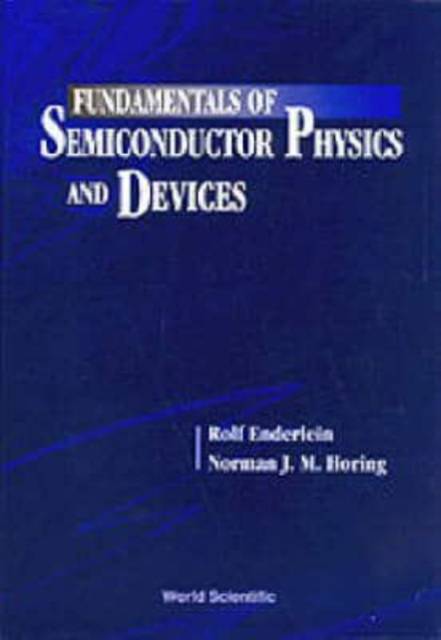
- Retrait gratuit dans votre magasin Club
- 7.000.000 titres dans notre catalogue
- Payer en toute sécurité
- Toujours un magasin près de chez vous
- Retrait gratuit dans votre magasin Club
- 7.000.0000 titres dans notre catalogue
- Payer en toute sécurité
- Toujours un magasin près de chez vous
206,95 €
+ 413 points
Description
This book is an introduction to the principles of semiconductor physics, linking its scientific aspects with practical applications. It is addressed to both readers who wish to learn semiconductor physics and those seeking to understand semiconductor devices. It is particularly well suited for those who want to do both.Intended as a teaching vehicle, the book is written in an expository manner aimed at conveying a deep and coherent understanding of the field. It provides clear and complete derivations of the basic concepts of modern semiconductor physics. The mathematical arguments and physical interpretations are well balanced: they are presented in a measure designed to ensure the integrity of the delivery of the subject matter in a fully comprehensible form. Experimental procedures and measured data are included as well. The reader is generally not expected to have background in quantum mechanics and solid state physics beyond the most elementary level. Nonetheless, the presentation of this book is planned to bring the student to the point of research/design capability as a scientist or engineer. Moreover, it is sufficiently well endowed with detailed knowledge of the field, including recent developments bearing on submicron semiconductor structures, that the book also constitutes a valuable reference resource.In Chapter 1, basic features of the atomic structures, chemical nature and the macroscopic properties of semiconductors are discussed. The band structure of ideal semiconductor crystals is treated in Chapter 2, together with the underlying one-electron picture and other fundamental concepts. Chapter 2 also provides the requisite background of the tight binding method and the k.p-method, which are later used extensively. The electron states of shallow and deep centers, clean semiconductor surfaces, quantum wells and superlattices, as well as the effects of external electric and magnetic fields, are treated in Chapter 3. The one- or multi-band effective mass theory is used wherever this method is applicable. A summary of group theory for application in semiconductor physics is given in an Appendix. Chapter 4 deals with the statistical distribution of charge carriers over the band and localized states in thermodynamic equilibrium. Non-equilibrium processes in semiconductors are treated in Chapter 5. The physics of semiconductor junctions (pn-, hetero-, metal-, and insulator-) is developed in Chapter 6 under conditions of thermodynamic equilibrium, and in Chapter 7 under non-equilibrium conditions. On this basis, the most important electronic and opto-electronic semiconductor devices are treated, among them uni- and bi-polar transistors, photodetectors, solar cells, and injection lasers. A summary of group theory for applications in semiconductors is given in an Appendix.
Spécifications
Parties prenantes
- Auteur(s) :
- Editeur:
Contenu
- Nombre de pages :
- 792
- Langue:
- Anglais
Caractéristiques
- EAN:
- 9789810223878
- Date de parution :
- 27-02-97
- Format:
- Livre relié
- Format numérique:
- Ongenaaid / garenloos gebonden
- Dimensions :
- 152 mm x 216 mm
- Poids :
- 1088 g

Les avis
Nous publions uniquement les avis qui respectent les conditions requises. Consultez nos conditions pour les avis.






